the essentials in brief
You can find out which cable you need for what by checking the specifications of the device or by consulting a professional. More about installation...
Cables L and N stand for Live and Neutral and are part of a power cable. The live wire is the current carrying wire while the neutral wire carries the current back to the circuit.
A cable usually has three cores – Phase, Neutral and Ground – to ensure safe power supply and that Risk of electric shock to minimize.
Cables are omnipresent in our everyday lives and make our lives easier in many ways. From the electrical wires that power our homes, to wires and cords used in the telecommunications industry, to XNUMX-wire cables that are widely used in the electronics industry, the world of cables is incredibly diverse and useful. In this blog post, we will look at different types of cables and how they are used in our daily lives.
Contents
About cable
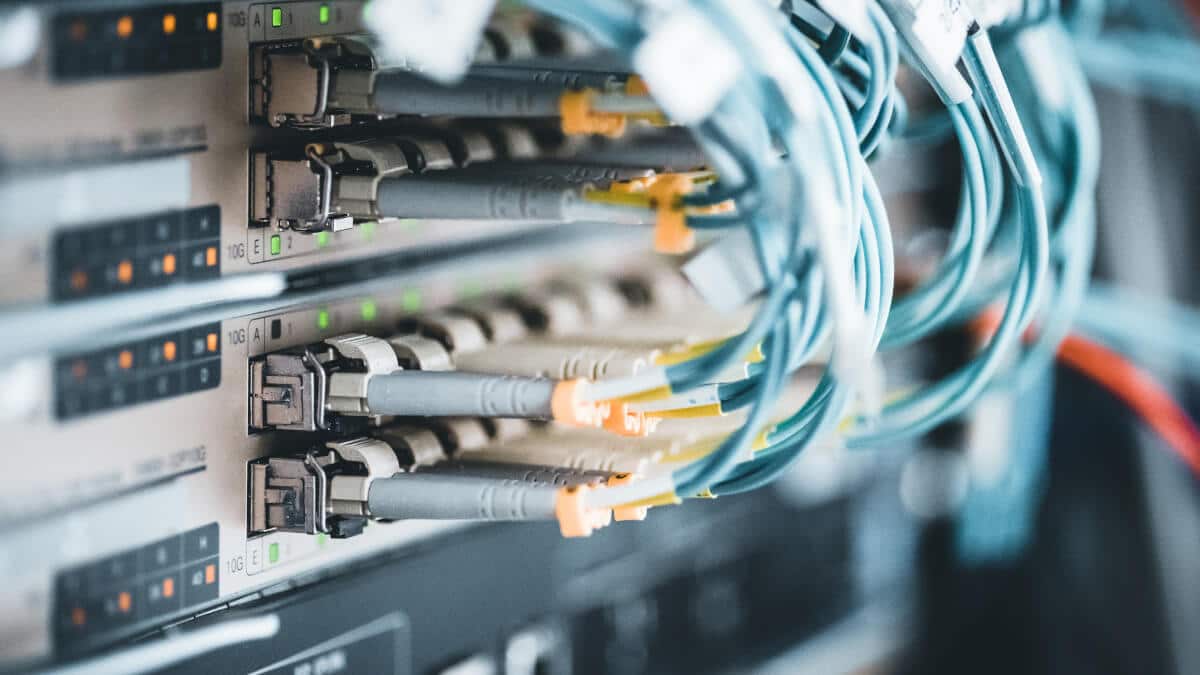
Cables are electrical conductors used to Transmission of electrical energy or for the transmission of electronic signals be used. Most cables or electrical cords consist of one or more layers of cable wrapped around a core of insulating material in a sheath. You will usually be in the form of wires or ribbons made.
Cables are used in a variety of applications, including the Electrics, telecommunications, computer network technology and the vehicle technology. They are typically used in a combination of electrical and mechanical components to create an electrical connection between two or more devices.
The first cables were developed in the 1840s and were mainly used in telegraphy. Since then, the technologies have evolved and are now used in a variety of applications. Find out more about cables here.
Attention: Avoid using damaged cords or cords as this may result in electric shock or fire. Regularly check your cables for damage and replace them if necessary.
That's why cables are three-wire
Cables are often referred to as three-wire because they have three separate wires, or conductors, that run inside the cable. These veins will normally as phase, neutral and ground labeled and are usually color coded to help distinguish them.
The use of three-wire cables is off Security reasons required as they provide protection against electric shock by ensuring safe grounding. In addition, three-wire cables provide a more stable power supply because they have a higher community-led approach and can therefore transport larger amounts of electricity.
Different types of cables
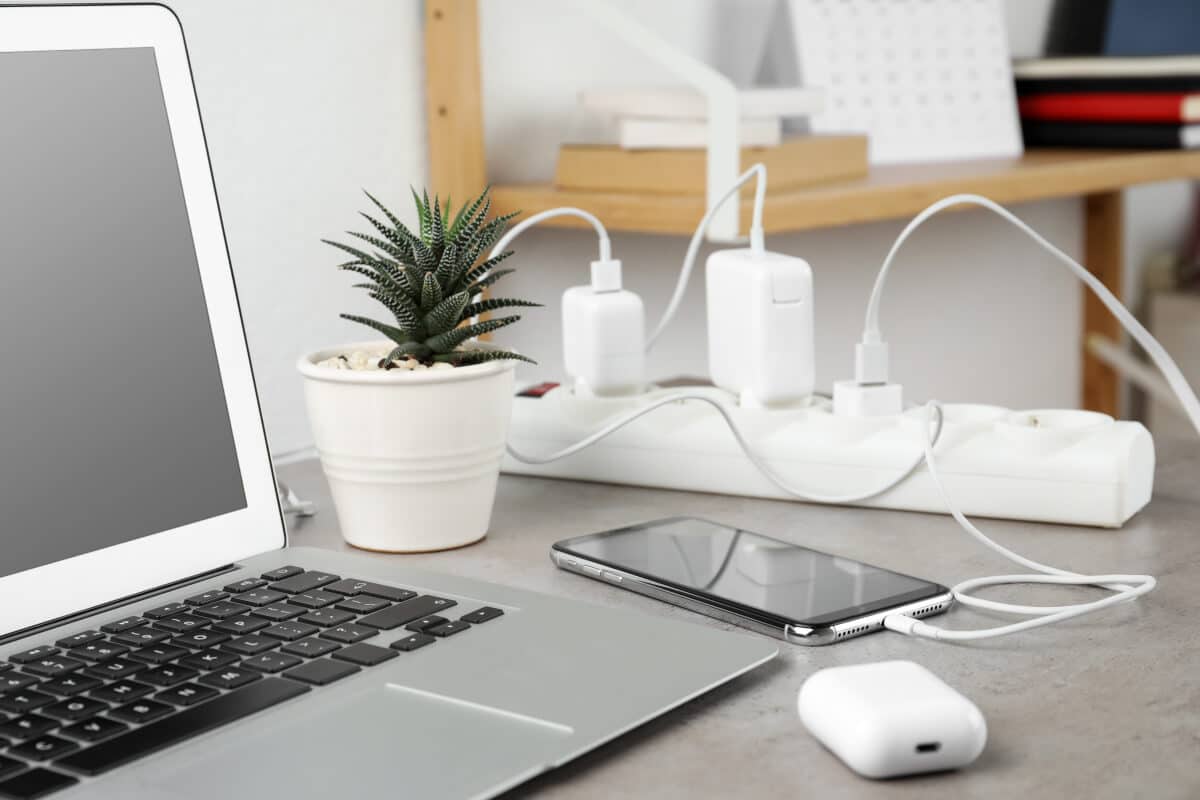
Cables come in many different designs and sizes. The most common types are coaxial cable, twisted pair cable, and fiber optic cable.
coaxial are often used for the transfer of Televisionsignals and data used. It consists of an inner copper wire surrounded by an insulating layer. The outer part of the coaxial cable is a metal braid or a plastic jacket.
Twisted pair cable are often used in local networks. This type consists of two wires twisted together. The wires are usually made of copper and the insulation is made of plastic. Twisted pair cables reduce the interference caused by other electromagnetic devices.
Glass phase cable are often used for transferring large amounts of data. This type consists of a glass fiber, which is usually made of silicon oxide. The fiberglass is protected by a metal shell.
Other types of cables:
- Telephone cord
- Network cable
- fiber optic cable
- optical cables
Life Hack
To store cords and avoid a mess, you can use empty toilet paper rolls. Simply thread the cable through the reel and wind up the reel. This keeps the cables organized and tidy, making it easy to transport and store.
Installation of cables
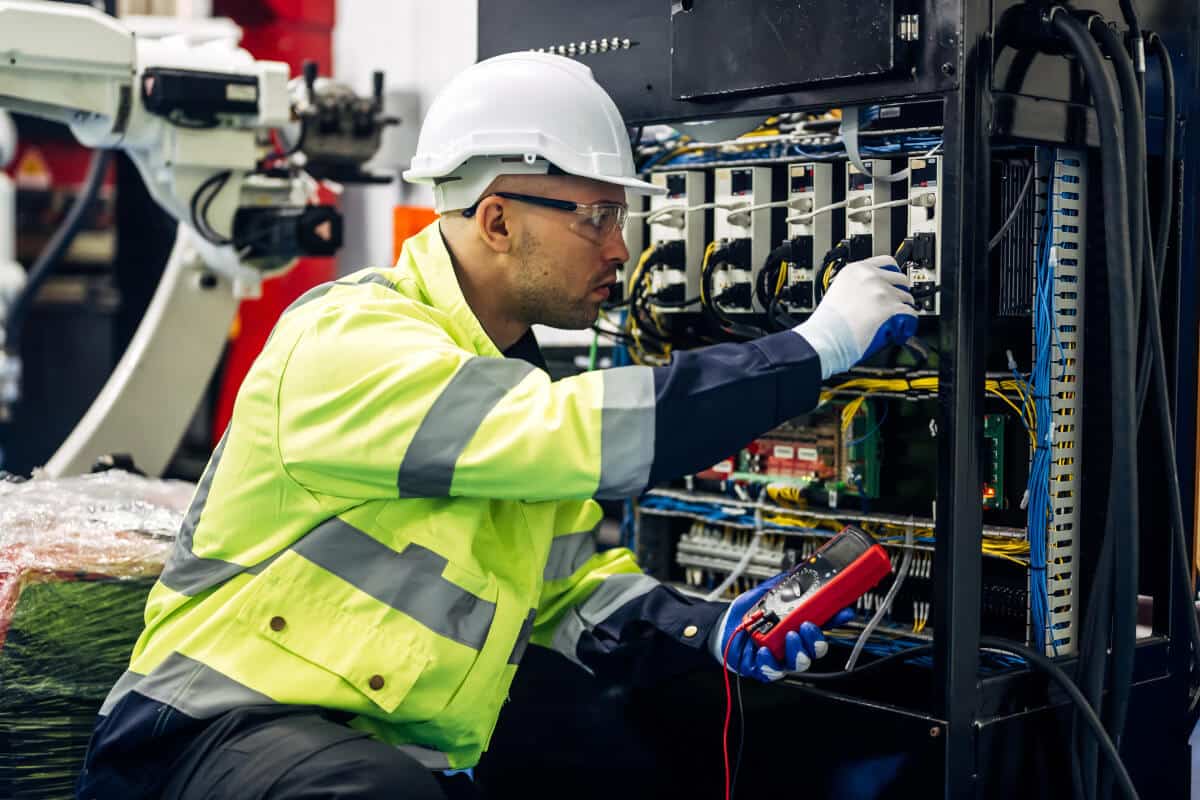
It is important to wire properly to installto get a optimum functionality and safety to ensure. Incorrect installation can lead to short circuits, overheating and other problems.
In order to properly install electrical wiring, one must first right cable choose. Most are made of copper or aluminum. Copper is the best conductor, but aluminum is also a good conductor. It is important to choose the right thickness of the cables. Thickness is usually given in square millimeters.
After choosing the right cables, you need to route them. They must be laid carefully so that they are not damaged. they should as short as possible be due to losses Resistance to minimize.
The cables must then be connected to the respective devices. The connections of the cables must be carefully adapted to the connections of the devices. The cables must be connected firmly so that they do not fall out or become loose.
The final stage of installation is testing the cables. you should them test carefullyto make sure they are working properly. If everything works, you can use it.
Tip: If you are unsure or need a complex cable system, have it installed by a professional. A professional can ensure that the cable is routed and connected properly and the optimal one Performance offers. This is particularly important when dealing with complex systems such as power supply or telecommunications.
cable selection
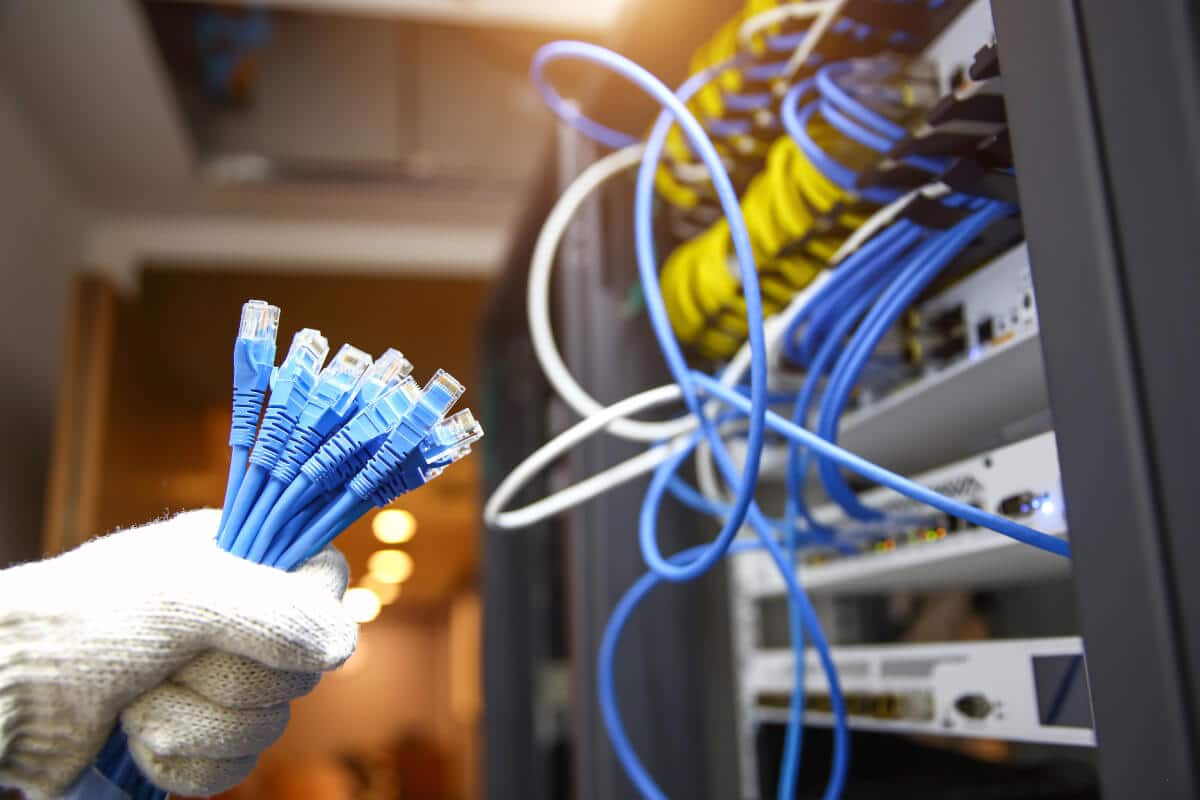
When choosing cables for your home or business, there are a few things to consider. First you have to decide what type of cable You need. The most common types are coaxial, fiber optic cables and twisted pair cables. Coaxial cables are often used for TV and Internet, fiber optic cables are often used for telephones and networks, twisted pair cables are often used for Desktop and other devices used.
Once you have selected the type of cable, you need to choose the right one diameter and the right length choose. The diameter should be as small as possible to ensure it fits your devices. The length of the cable depends on the distance it has to bridge.
If you are not sure what type, diameter or length of cable you need, you can contact one expert contact.
Note: When you dispose of a cable, make sure to dispose of it properly to minimize environmental impact. Many cables contain pollutants such as lead or mercury that can be harmful to the environment and human health.
What makes a good cable?
A good cable can make a big difference in the quality of power, data or signal transmission. Here are some factors that make a good cable:
- Materials: The quality of the materials from which the cable is made can affect its performance. High-quality cables are made of materials such as copper, silver or gold, which offer better conductivity and stability.
- shielding: Good shielding can help reduce electromagnetic interference (EMI) and noise that can affect cable performance.
- Thickness: The thickness of the cable can also affect performance. A thicker cable can have a higher load capacity and transport larger volumes of electricity or data.
- Length: The longer the cable, the stronger it can be Signal be weakened. A good cable is of sufficient length to perform its function without degrading the signal.
- Connections: The quality of the connectors can also affect the performance of the cable. High quality connectors provide better connection and more stable transmission.
Here is a table listing different types of cables and the factors that make a good cable:
| cable type | Materials | Thickness | Connections |
|---|---|---|---|
| cable type | Materials | Thickness | Connections |
| power cable | copper, silver | Thicker cable can have higher load capacity | High quality connectors offer better connection |
| HDMI-Cable | copper, gold | Thicker cable can support higher bandwidth | High quality connectors provide more stable transmission |
| Ethernet cable | Copper | Thicker cable can support higher bandwidth | High quality connectors offer better connection |
| Speaker Cables | copper, silver | Thicker cable can support higher power | High quality connectors offer better connection |
Dangers of cables and cable lines
While cables and their conduit play an important role in our daily lives, they can too potential threats to our safety represent. Here are some of the most common hazards associated with cables and cable conduits:
- Electric shock: Insufficiently insulated cords can cause electric shock, which can result in serious injury or even death. It is important to ensure that cables and cable conduits are properly insulated and grounded to minimize the risk of electric shock.
- fire hazard: Overheated or damaged cords can cause fires. Therefore, it is important to promptly replace damaged cords or cords and avoid overloading circuits.
- Chemical hazards: Some cables contain chemicals such as lead or mercury that can be harmful if released. It is important to properly dispose of used cables to minimize environmental impact.
- tripping hazard: Cables that are not properly routed or secured can create a tripping hazard, especially in high traffic areas or near stairs.
It is important to be aware of the potential dangers of cables and to take proper safety precautions. Here are some Tips to reduce the risk of injury or damage to minimize:
- Avoid laying or connecting cables and cable lines improperly.
- Check cables and cable lines regularly for damage and replace them if necessary.
- Keep cables and cable lines away from heat sources and combustible materials.
- Properly dispose of used cables and avoid simply throwing them away.
- Only use certified and tested cables and cable lines.
By following these simple safety precautions, you can minimize the risk of injury and damage from cords and cords.
The world of cables - our indispensable helpers
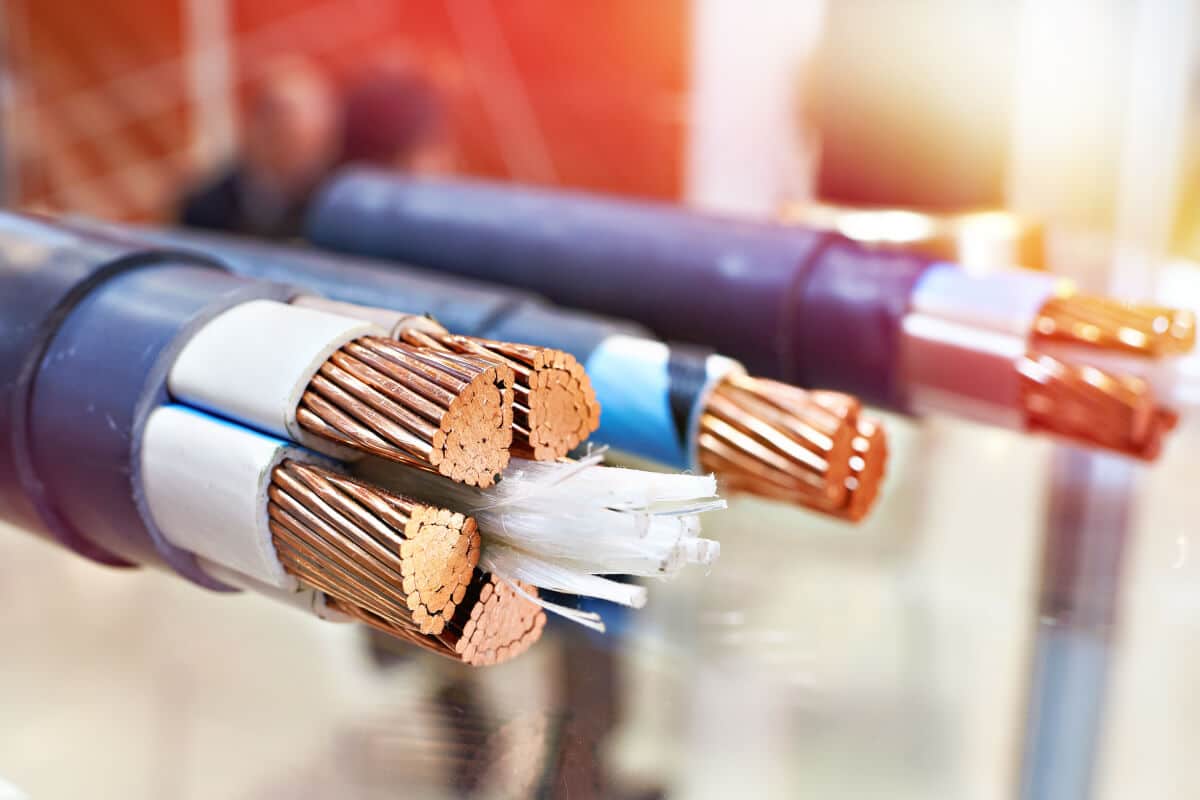
Cables and cables are wires invisible helpersthat make our life easier and more comfortable. Without them, our devices and systems would be useless and our daily lives would change drastically. From the power cords that power our homes to HDMI cables that enhance our audio and video experience, cables are essential in our modern world.
It is important to educate yourself about the different types of cables and cable conduits and choose the right cables for your needs. Whether it's ensuring a stable connection or minimizing the risk of injury and damage from improper use of cables, it is always important to be safe and knowledgeable.
FAQ about cables
A wire is made up of multiple wires that have different functions, while a cable is made up of different wires.
There are many different types of cables that are suitable for different devices and in different areas. For example, there are network cables, coaxial cables, and telephone cables.
Most cables contain copper. This is particularly important when it comes to disposal.


